Security – 10 Commandments Of Hotel Fire Safety
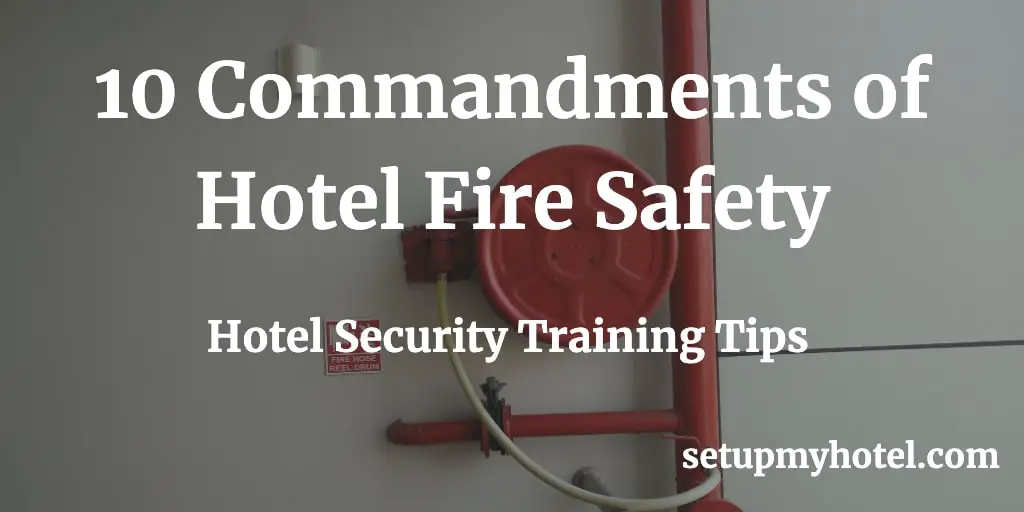
10 Commandments of Hotel Fire Safety
Read more
IT – Manager Daily Checklist For The Hotel IT Equipment
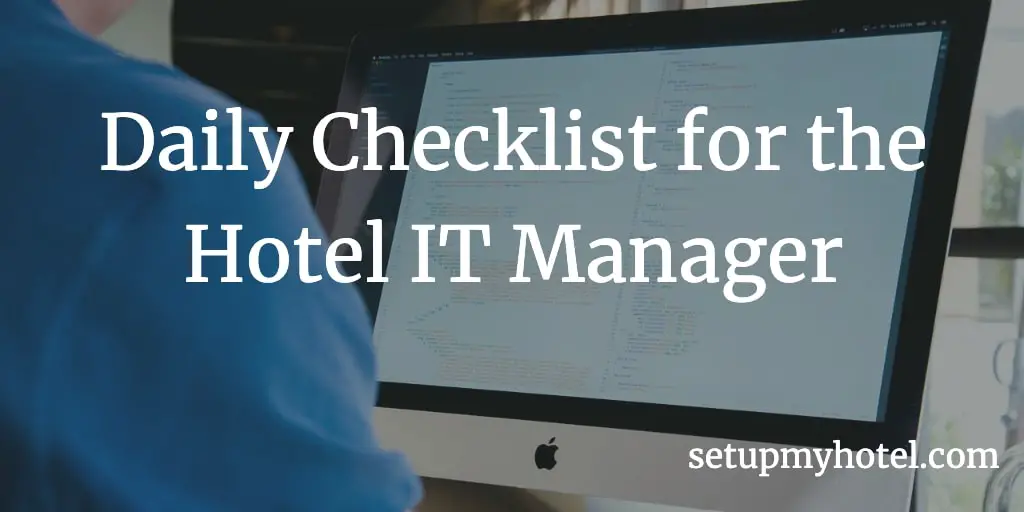
Checklist for the Hotel Information Technology (IT) Equipment 1. Telephone Exchange or EPBAX: 2. Days Teleconference Conference Details: 3. Fax ...
Read more
Management – Hotel Checklist For The Preparation Against Storms/Cyclone/Flood
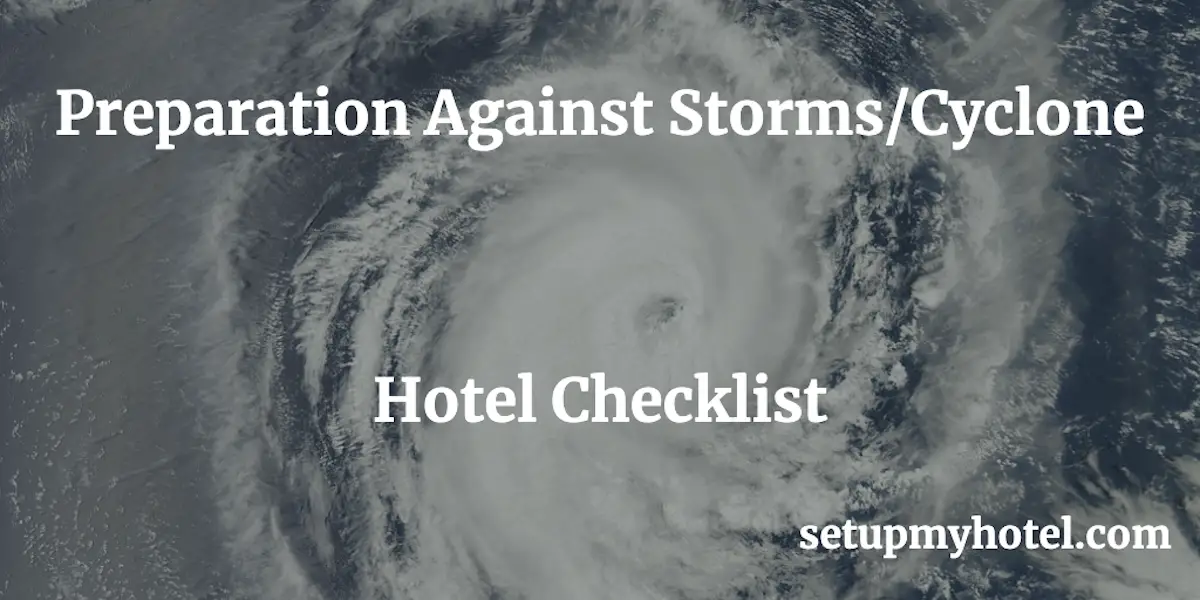
Checklist For The Preparation Against Storms/Cyclone/Flood Hotels located in areas prone to storms, cyclones, and floods need to be well-prepared ...
Read more
Management – Ways For Improving Hotel Green Policy

Ways for Improving Hotel Green Policy One of the ways that hotels can improve their environmental impact is through the ...
Read more
HR – Hotel Staff Training Room Requirements
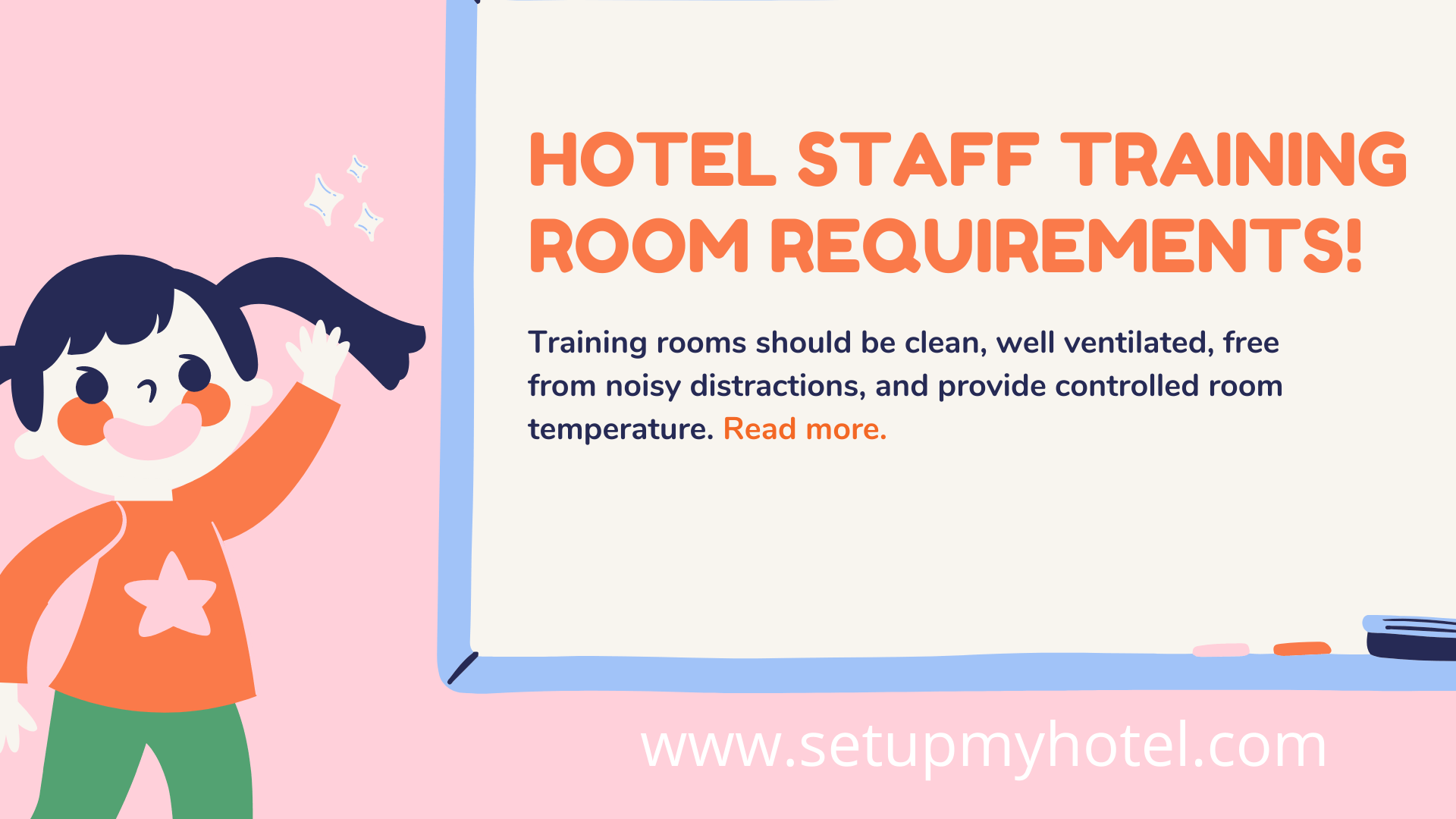
Hotel Staff Training Room Requirements In the dynamic and customer-centric hospitality industry, ensuring that hotel staff members are well-trained is ...
Read more
Finance – Controlling Loss And Wastage In Food And Beverage ( F&B ) Operations

Controlling Loss And Wastage In Food And Beverage Operations Efficient management of food and beverage operations requires a meticulous approach ...
Read more
IT – Hotel Computer Security And Disaster Recovery Tips
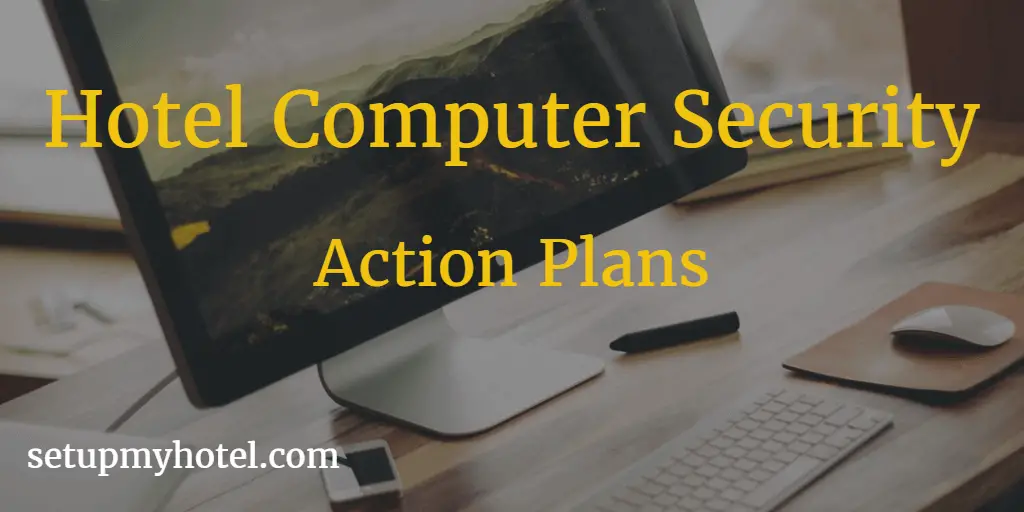
Hotel Computer Security And Disaster Recovery Tips In the modern hospitality industry, where technology plays a crucial role in operations, ...
Read more
Security – Types Of Keys Used In Hotels For Effective Security

Types of Keys used in hotels for effective Key control When it comes to the guest experience in hotels, the ...
Read more
IT – Hotel IT Failure Emergency Action Plan / Contingency Plan (All Departments)

Sample Hotel IT Emergency Action Plan / Contingency Plan In today’s digital age, all businesses must have a solid IT ...
Read more
Security – Fire Emergency Plan And Procedures Sample For Hotels | Resorts
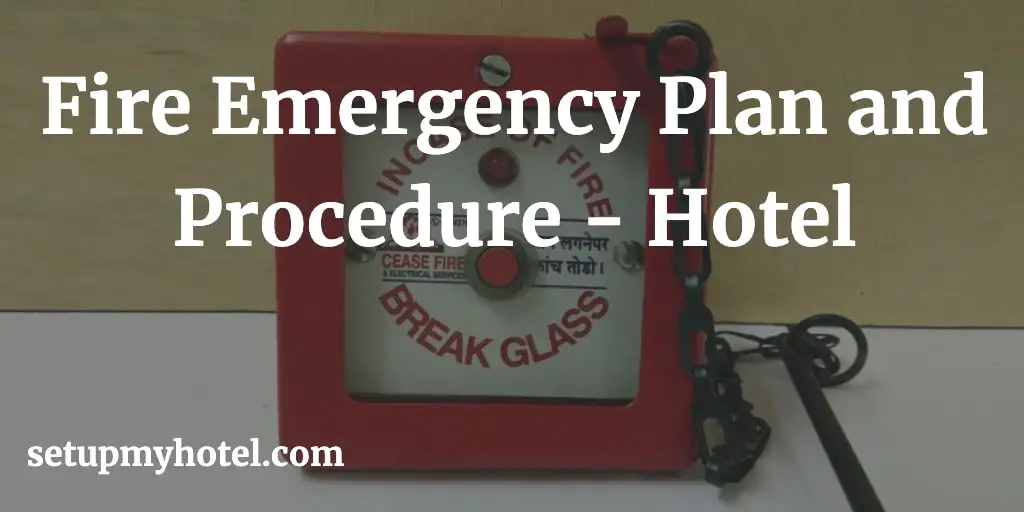
Fire Emergency Plan and Procedures Sample For Hotels | Resorts Hotels are required to have a fire emergency plan in ...
Read more









